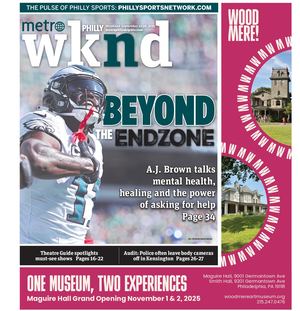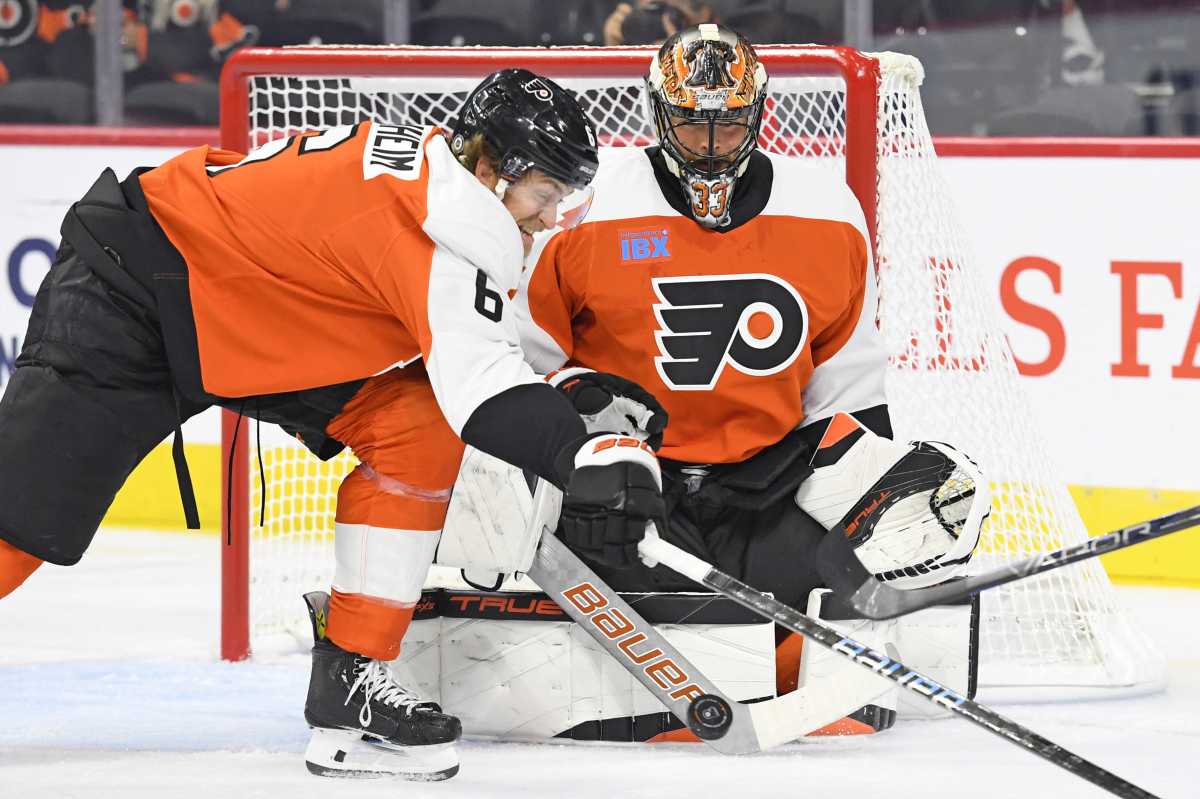 Made in Philly is adding art all over the city.
Made in Philly is adding art all over the city.
Credit: Erin Murray
Parks, street clean-ups and crime-deterring watch teams all make the list of things that enhance a neighborhood. There’s an ongoing argument that the presence of visual art also sits squarely among these area improvements, depending on what form it takes.
The Center for Emerging Visual Artists’ Made in Philly project isbringing art to 22 neighborhoods via a medium not usually thought of as a community enhancement: billboards.
The project is designed to connect city residents with local artists and show that there’s a lot of creativity going on just a few blocks from where they’re standing. The Made in Philly art on billboards, at bus stops and on rail lines includes a line that tells the viewer how close the artist’s studio is.
Most of the 50 billboards are within 10 blocks of a studio.
“The way we visualized the campaign was as public street art. We couldn’t bring in the original pieces, so we created the work at a scale that represents the presence the works have in their original form,” says Ann Peltz, director of the Center’s Philadelphia Open Studio Tours.
“These are unlike traditional advertising campaigns,” she says of the Made in Philly artwork. “They interrupt the normal stream of consumer advertising and provide a gallery level experience on the street.”
The project coincides with the center’s 30th anniversary and with Philadelphia Open Studio Tours, which encourages people to visit studios and engage with the artists.
“We’re trying to connect the public in a deeper and more meaningful way through this project,” says Peltz. “It calls attention to the people driving the arts scene. It’s calling attention to the fact that Philadelphia is such a unique city and people are coming here to work as artists. A creative renaissance is happening.”
Community improvement through art
Angie Williamson, economic development director at the New Kensington Community Development Corporation, believes that projects like Made in Philly can boost neighborhoods.
“NKCDC uses art to drive economic development on Frankford Avenue,” she says. “Harnessing the energy and flair of artists serves as a great recruitment tool for other creative ventures – such as unusual boutiques, destination restaurants and other great third places.”
Williamson gets to the bottom line of improvement when she says, “partnering with the creative makers in the community has been one of the keys to NKCDC’s success.”




















